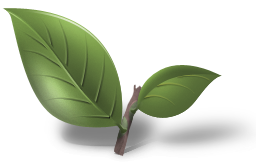Until then I had always ignored this clay, as it is commonly described as being muting and I had no teas to match it with. Often paired with young sheng. Coming across one of my favourite teapot shapes, I could not pass, even though it is not my kind of clay, so to speak.
I have been using it for a week now and find it outstanding with Taiwanese High Mountain oolong! Much better than the normally suggested porcelain or thin walled hongni from the 60/70s. Does not quite reach the Kobiwako clay, but almost. What is lacks in flavour it makes up by its history and vintage though
No trace of actually muting in the sense of taking something nice away, rather putting the good stuff forward.
Once again, Yixing clay eludes general statements on clay properties... I am at a loss why this clay is not more popular in Taiwan? I have seen a lot using Zini with Taiwan oolong, but rarely Duanni.
Anyone has experience to share with this clay?
Others, more knowledgeable than me in Yixing clay, have mentioned that Duanni is a notoriously difficult clay, to work with, both for potter and end-user, with lots of variations in terms of look and properties.
Now curious what I am going to find out with the other ROC julunzhu in Zini
